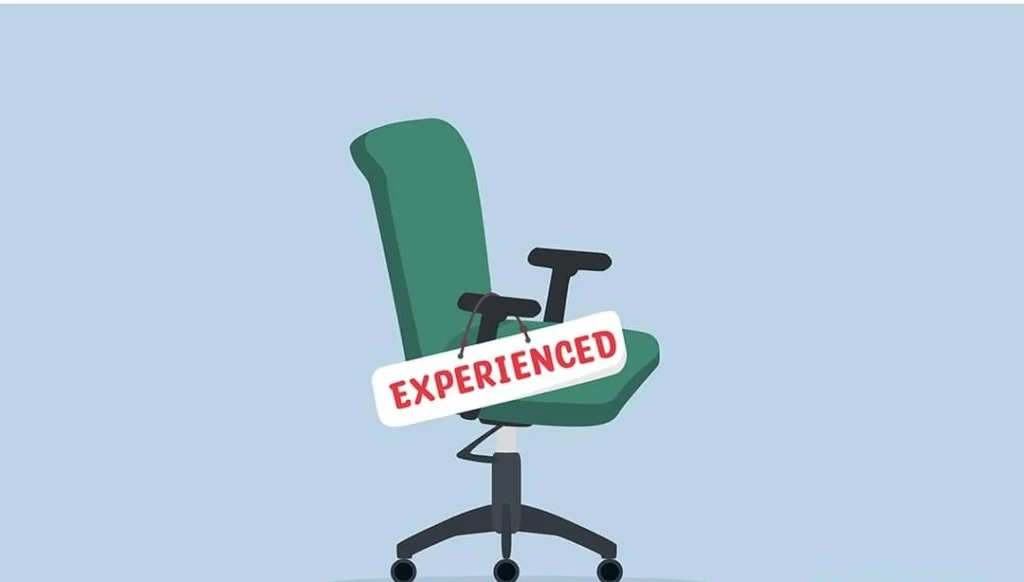Paying by check has many advantages. One of which is that if a future date is set while writing the cheque, the recipient can withdraw the money on that date. Such checks are called post dated cheques.
Writing a check is certainly an easy task, but if you are not careful while writing, complications arise in the future. This can lead to financial loss ranging from fraud or misuse of checks. Keeping a few things in mind can help you avoid these check complications.
1. Do not leave spaces between words or numbers
When writing a name or amount on a bank cheque, never leave more than necessary space in between. Because, one can easily forge checks by adding letters or numbers in those blank spaces.
Let\’s say you want to issue a check to someone named \’SHAKIL AHMED\’. SHAKIL and AHMED left more spaces between the words while writing the cheque. Now, someone with ulterior motives may have put the letter \’A\’ at the end of the first part. As a result, it appears that the check was issued by the person who wrote it to someone named “SHAKILA AHMED”.
2. Mention \’A/C Payee\’ in remittance
If the money is not transferred to the bank account of the person in whose name the check is written, someone else can withdraw money from the check by impersonating the person. So it is safest to transfer money to bank account through cheque.
That is, in the name of whom you are writing the check, write \’A/C Payee\’ or \’Account Payee\’ on the top left corner of the check or draw two parallel dots on the top left corner to send money directly to his bank account. This will make it easier to forge if the check is lost or stolen.
3. After writing the name and amount of money, draw the mark to the end of the check
When issuing a cheque, after writing the name and the amount of money, draw a long line above the space that is left blank. As a result, no one will be able to add new information to the cut part even if they want to.
4. Omission of the word \’Bearer\’
If you notice, you will see that the word \’Or Bearer\’ is at the very end of the \’Pay\’ or \’Pay To\’ line of the cheque. The word Bearer means holder or carrier. That is, it means that the check can be cashed even if the check is in the possession of someone other than the person in whose name it is written.
As mentioned earlier, writing \’A/C Payee\’ in the left hand corner of the check does not allow the money to go into the account of anyone other than the intended person. Also, cutting the word Bearer mentioned in the check will reduce the risk of fraud in the future.
5. Place \’/-\’ sign after writing the amount
37,000 and 37,000/- is the difference between the two numbers in writing the cheque. In the case of the first number, the amount of money can be increased by placing a zero on the right side. But in the case of the second number, the \’/-\’ sign after writing the amount of money no longer has that chance.
6. When Giving A Check To Someone, Write The Full Details Of It
While making money transactions through cheque, write down things like check number, payee or his account name, amount and date. Because many times checks need to be canceled after handing over to the payee. In that case, complications may arise if the complete details of the check are not remembered.
If you want, you can also take a picture of the check with your mobile phone after issuing it. Then there will be no trouble of keeping the complete information of each check somewhere else.
Keeping these 6 things in mind while writing checks will reduce the risk of fraud or misuse.


